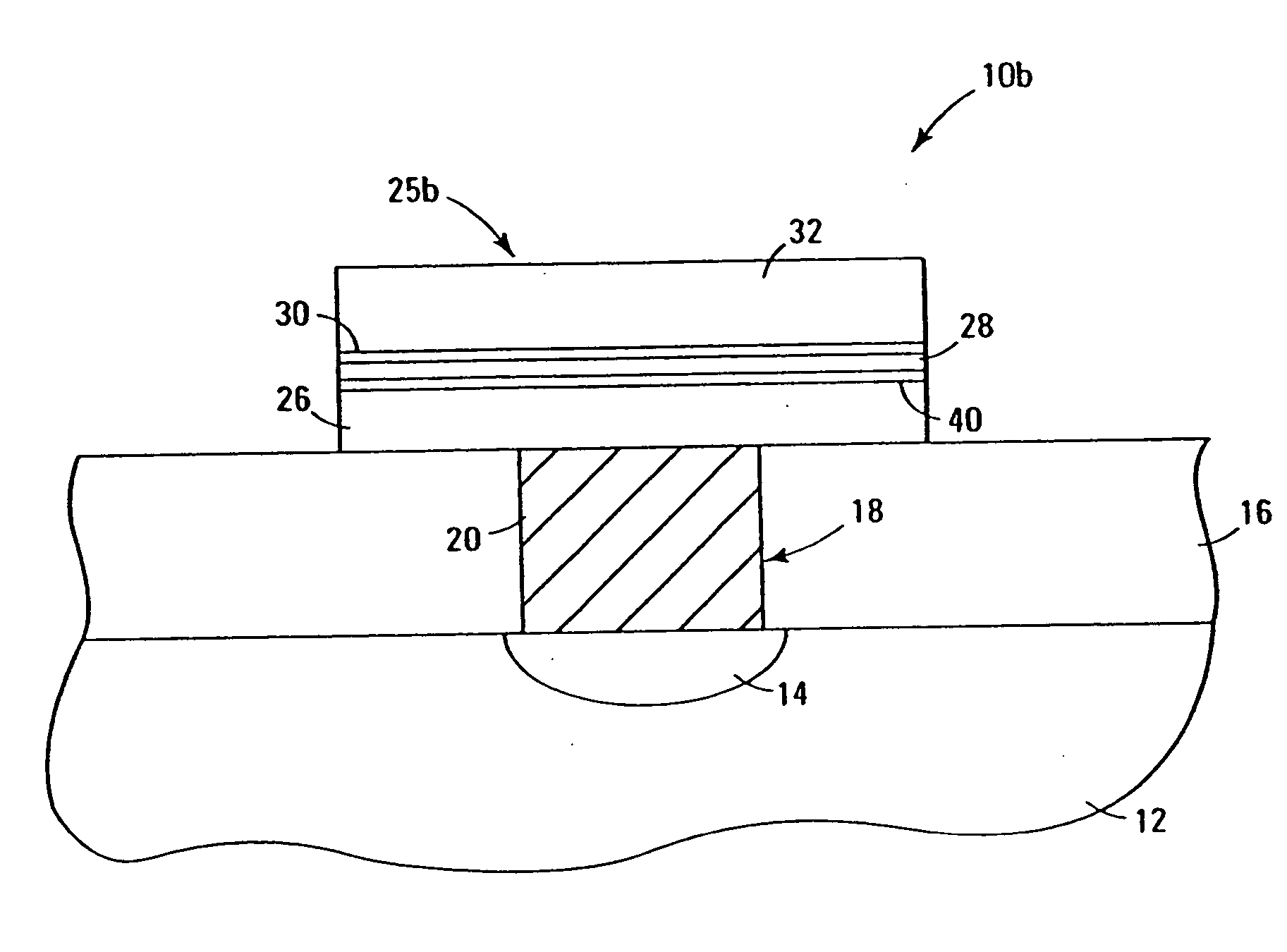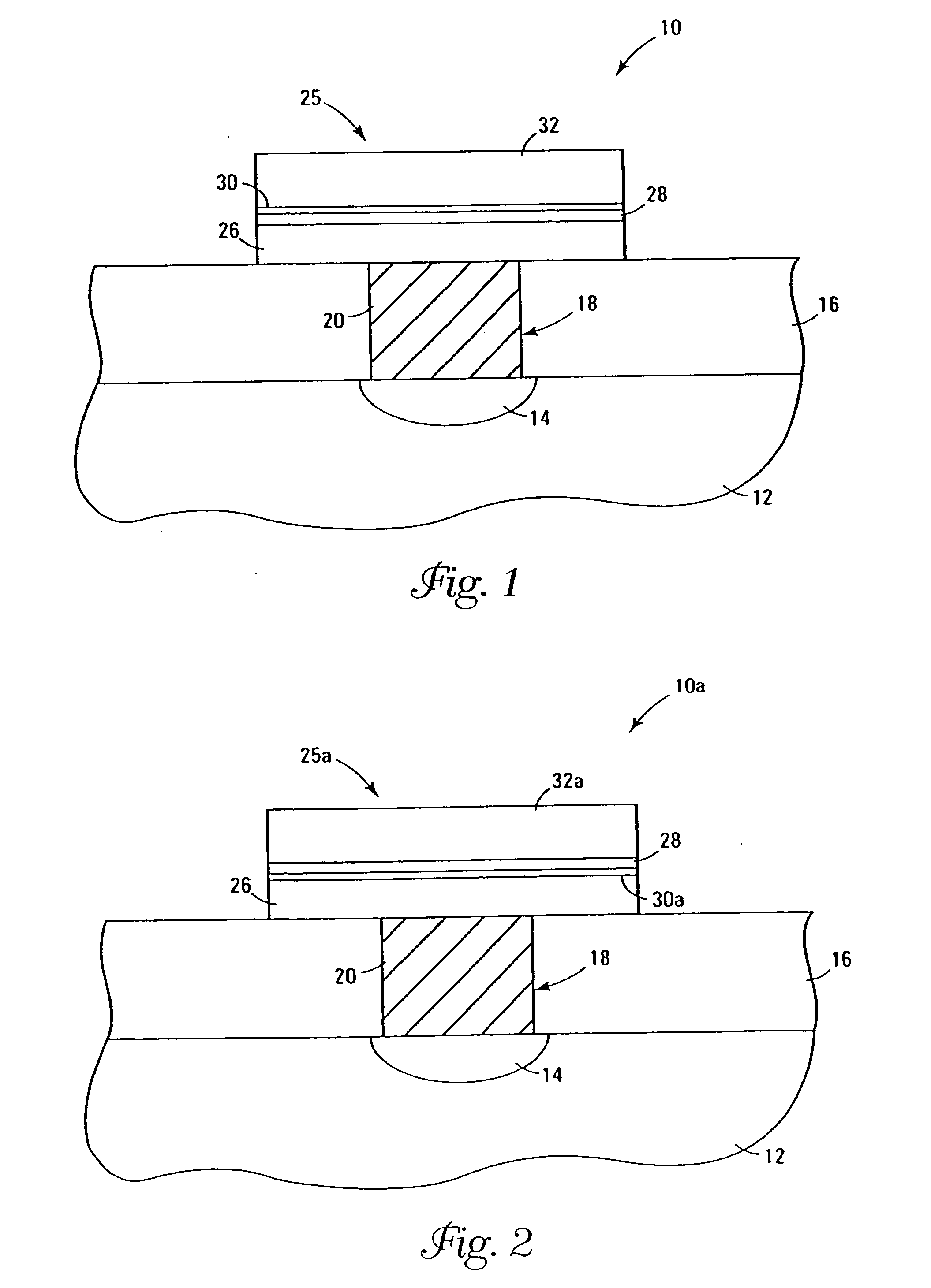Systems and methods for forming metal oxide layers
a metal oxide and layer technology, applied in the field of metal oxide layer formation systems and methods, can solve the problems of undesirable chlorine residues, the layer no longer effectively functions as an insulator, and the performance limit of traditional integrated circuit technology, so as to minimize the detrimental gas phase reaction and improve the control of the thickness of the layer
- Summary
- Abstract
- Description
- Claims
- Application Information
AI Technical Summary
Benefits of technology
Problems solved by technology
Method used
Image
Examples
example
Example 1
Atomic Layer Deposition of HfO2
[0093] Using an ALD process, precursor compounds hafnium dimethylamide, Hf(N(CH3)2)4 (Strem Chemicals, Newbury Port, Mass.), and an ozone / oxygen (O3 / O2) mixture, having approximately 10% ozone by weight, were alternately pulsed for 600 cycles into a deposition chamber containing a BPSG substrate. A 590 Å layer of HfO2 was deposited, containing 37 atom % Hf, and 63 atom % oxygen. The layer of HfO2 was, surprisingly, free of carbon and nitrogen within detection limits of XPS at a substrate temperature of approximately 220° C.
PUM
| Property | Measurement | Unit |
|---|---|---|
| temperature | aaaaa | aaaaa |
| temperature | aaaaa | aaaaa |
| thickness | aaaaa | aaaaa |
Abstract
Description
Claims
Application Information
 Login to View More
Login to View More - R&D
- Intellectual Property
- Life Sciences
- Materials
- Tech Scout
- Unparalleled Data Quality
- Higher Quality Content
- 60% Fewer Hallucinations
Browse by: Latest US Patents, China's latest patents, Technical Efficacy Thesaurus, Application Domain, Technology Topic, Popular Technical Reports.
© 2025 PatSnap. All rights reserved.Legal|Privacy policy|Modern Slavery Act Transparency Statement|Sitemap|About US| Contact US: help@patsnap.com



